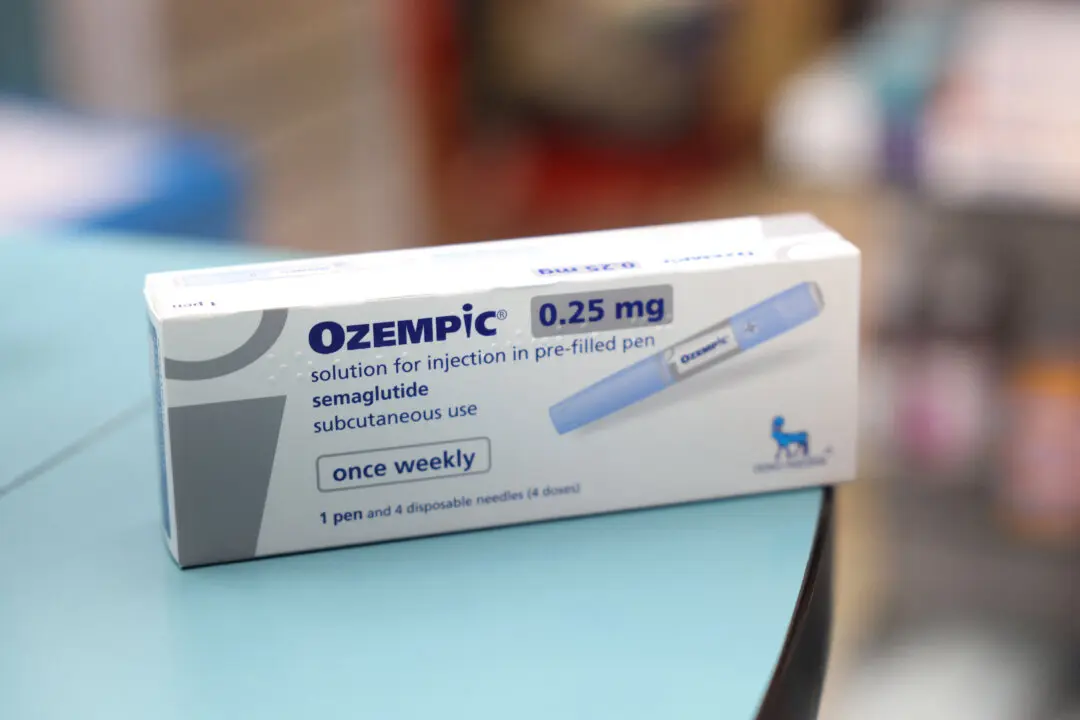Democrats and supporters of clean energy are criticizing a Biden administration proposal for hydrogen power plants that they warn could negatively affect the proliferation of such projects.
At issue are rules proposed by the U.S. Treasury and the Internal Revenue Service on Dec. 22, 2023, regarding the deployment of hydrogen power plants, specifically the eligibility requirements for tax credits, which range from 60 cents to $3 per kilogram of hydrogen.





